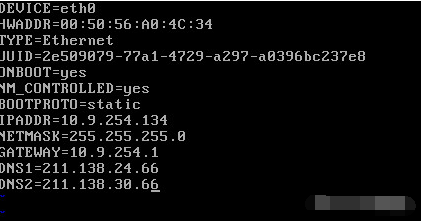
If you don't understand what each option does, just go with the defaults.

Don't run rsync and halt it, when the command that is executed before rsync fails for some reason.Execute a command before or after rsync.Protect remote arguments from shell expansion.įrom the Extra options section, we can choose the following options:.Show addition information on every changed file.copy hardlinks, but do not copy link target file. Keep numeric uid/gid instead of mapping user names and group names.Create backups of existing files in the destination.copy Symlinks, but do not copy link target file. Always compare file contents by checksum.In the Advanced options section, you can choose the following options: Check size only, ignore time and checksum.Show progress bar during file transfer.Ignore files which already exist in the destination.Delete files in the destination which are not present in the source.Preserve time, permissions, owner and group.In addition, you can configure the following options as well: In the Basic options section, you can enter the source and destination file/folder paths. There are three sections in Grsync main window. Just hover the mouse cursor on any option, you will see a brief description of the chosen option in a small pop-up. The default interface of Grsync should look like below:Ĭreate, delete sessions in Grsync Grsync options Once installed, Launch Grsync from Application launcher or Menu. Refer the Grsync website given at the end for more details.
#Grsync for centos7 install#
You may need to install gtk and autotools in order to compile Grsync from source. In most Linux distributions, Grsync can be installed by using.
#Grsync for centos7 download#
Go to the Grsync official download page, get he latest tar file and then compile and install as the way you install packages from source. Install Grsync in openSUSE: $ sudo zypper install grsync Install Grsync in Fedora: $ sudo dnf install grsync Install Grsync in Debian, Ubuntu, Linux Mint, Pop_OS!: $ sudo apt install grsync

Grsync is also available in AUR, so you can install it on a Arch Linux based systems using a AUR helper tool such as Paru or Yay like below: $ paru -S grsync To install Grsync in Arch Linux and its variants such as EndeavourOS, Manjaro Linux, run: $ sudo pacman -S grsync Grsync is packaged for popular Linux operating systems. Grsync is a cross-platform application that supports GNU/Linux, macOS and Windows. If you're a noob who is looking for a easy-to-use, and also a robust backup solution for your Linux desktops, Grsync is a good choice! It supports most important features of Rsync. Grsync also allows you to backup local files to a removable device or a networked drive/share, replicate a partition to another one and mirroring files. You can do everything via Grsync graphical user interface!


 0 kommentar(er)
0 kommentar(er)
